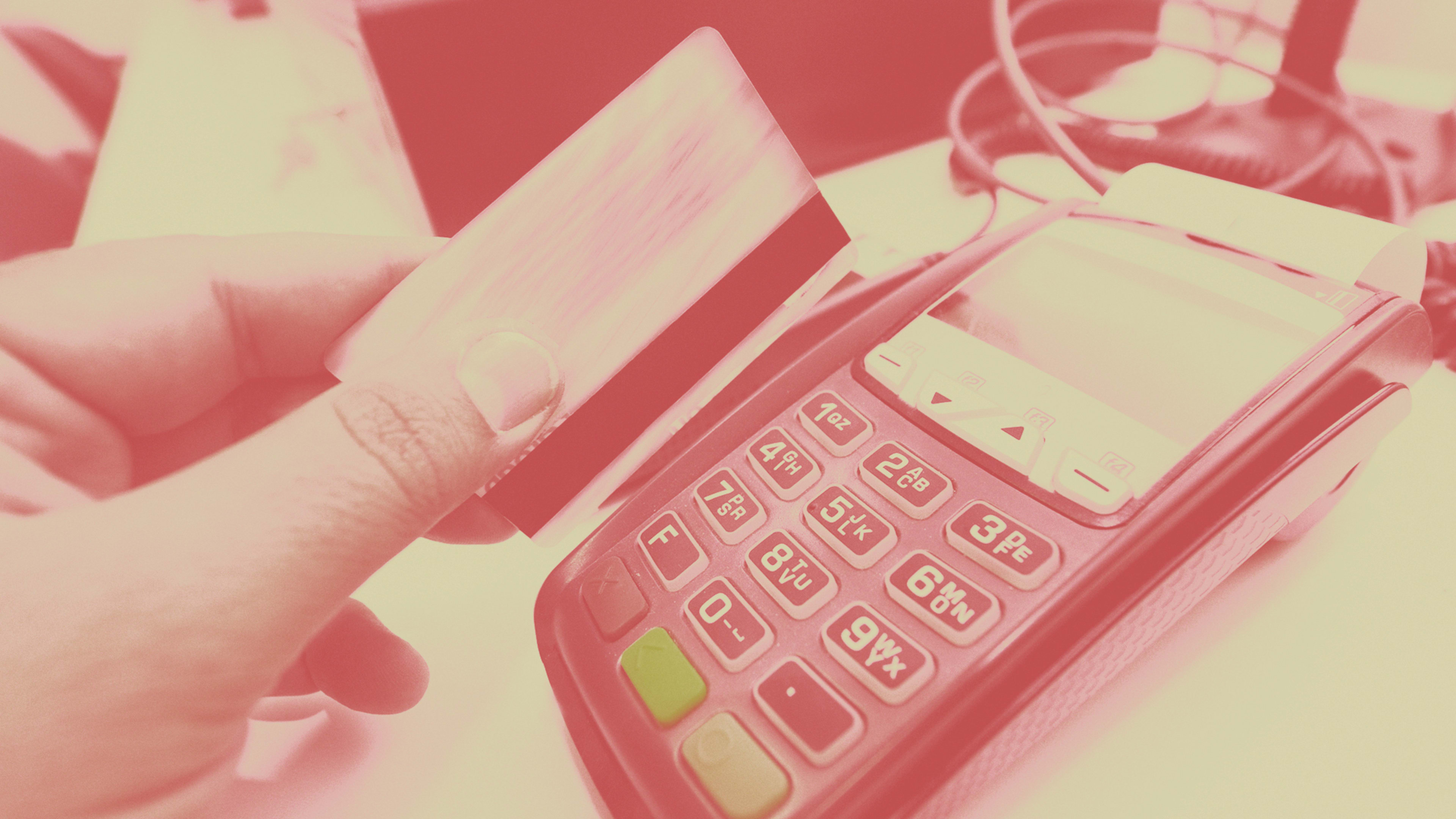Bootstrapping a small business or setting yourself up as a full-time solopreneur usually means taking some financial risks–and, for a while anyway, a few financial hits. Some are necessary investments in your long-term success; others may be due to inefficiencies or poor strategy in those crucial early days. Here are a few ways to rev up cash flow when every penny counts.
1. Look Ahead Six To 12 Months
Entrepreneurs tend to be optimists, so learn how to use the forecasting tools in your accounting software to figure out how much cash is really coming into the business and how much you’ll need to pay for planned costs, like new equipment purchases and talent you expect to add.
If you don’t have the time, ask your accountant to do it for you; it’ll be money well spent. “Small-business owners are so busy running their businesses that they are not really thinking about two, three, or four months from now,” says Dave Kurrasch, president of the consultancy Global Payments Advisors. “They are just thinking about getting through today.”
That’s a real risk, he believes. It’s wiser to plot out a six- to 12-month forecast of how much cash you expect to have flowing through your business by then. If you’re selling T-shirts, that means looking at how many shirts you’re likely to sell, what revenue you’re likely to produce, and when you’ll get it. This will tell you whether you can afford to restock the T-shirts now or if you need to wait a while.
Related: How To Turn Your Five-Figure Freelance Career Into A Six-Figure Startup
2. Find Ways To Accelerate Payments
It’s easy to let invoicing slide when you’re busy, but that’s dangerous. Your cash flow will improve if you establish a regular discipline of invoicing, collecting payments, and getting them into the bank, Kurrasch adds. “If you can invoice a customer frequently and on time, you’re better off,” he says.

Letting your invoicing slip by even a week because you’re swamped can put you in a cash crunch. Your client’s payment period starts from the date on the invoice. To get paid more quickly, use tools that let you accept credit cards, such as Square or Apple Pay. Scanning checks remotely through mobile payment tools that let you deposit them directly in the bank can help, too. Some invoicing platforms also let you accept credit cards or ACH payments (automatic debits from customers’ bank accounts).
Offering multiple payment options may inspire cash-strapped customers to pay you more quickly, Kurrasch says, but you also have to pay attention to how much credit-card processing fees, for instance, may affect your margins. The processing fee for many cards is 2.5%–which may be your entire profit margin early on.
Accounting programs like FreshBooks and QuickBooks let you manually check a box offering the option to pay by credit card, so take advantage of it–even if you need to do so only sparingly.
Related: How (And Why) To Launch Your Own Product Line, No Startup Required
3. Pay Your Bills More Slowly
Using cash or a debit card to make purchases drains your bank account immediately. And if you receive bills that give you 30 days to pay, don’t send the check the first week. Wait until you’re close to the deadline but not in danger of paying late, except with crucial vendors who may give you priority for paying early.
Paying your bills on a low- or zero-interest credit card and even using checks can buy you more time to cover business purchases. The longer the money sits in your bank account, the better off you’ll be.
4. Reduce Your Need For Inventory
If you run an e-commerce business or other retail store, try to avoid keeping inventory. One way to do this is to turn to drop shippers. This way you won’t have to keep your products in stock or fulfill orders–the drop shipper does. One entrepreneur I spoke to drop-ships about 90% of what he sells. That’s helped him grow his two businesses to $3.4 million in revenue without needing to secure a giant amount of investment capital to stock a warehouse.
5. Keep Some Cash Reserves
I know, easier said than done. But a 2014 survey by the nonprofit Prosperity Now (formerly the Corporation for Enterprise Development), on the financial vulnerabilities of microbusiness owners, found that 55% of people who owned firms with five employees or fewer said they could cover only a single month’s business expenses with their savings–and 30% had no business savings at all. Asked how they’d handle an emergency business expense of $1,000, 41% respondents said they’d have to tap personal savings, and 31% would have to borrow on a personal credit card. Some operated in constant jeopardy: A full 15% said they could not cover such an expense at all.
Don’t allow yourself to go there. By keeping some emergency funds in reserve, even if that means growing your business more slowly, you can realize your vision for your business–and your lifestyle–no matter what the economy has in store.
This article is adapted with permission from The Million-Dollar, One-Person Business by Elaine Pofeldt.
Recognize your brand’s excellence by applying to this year’s Brands That Matter Awards before the early-rate deadline, May 3.
